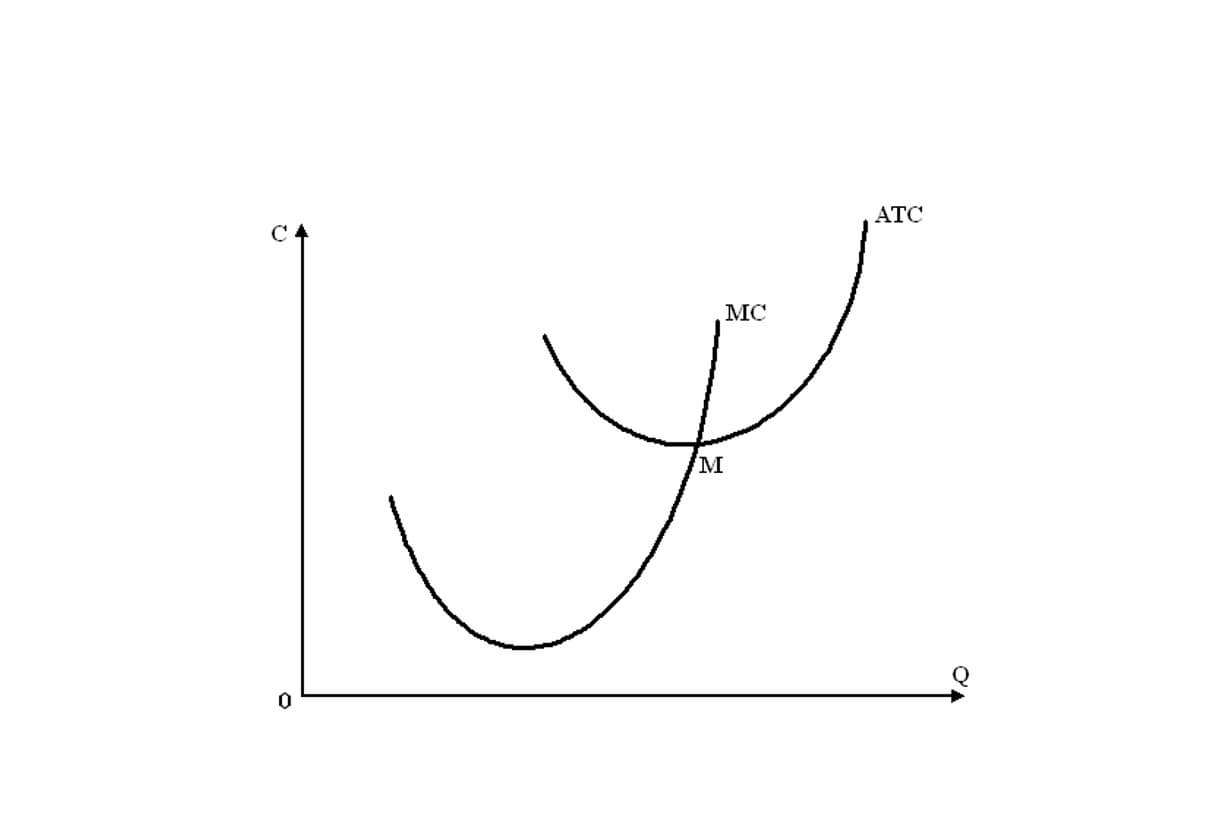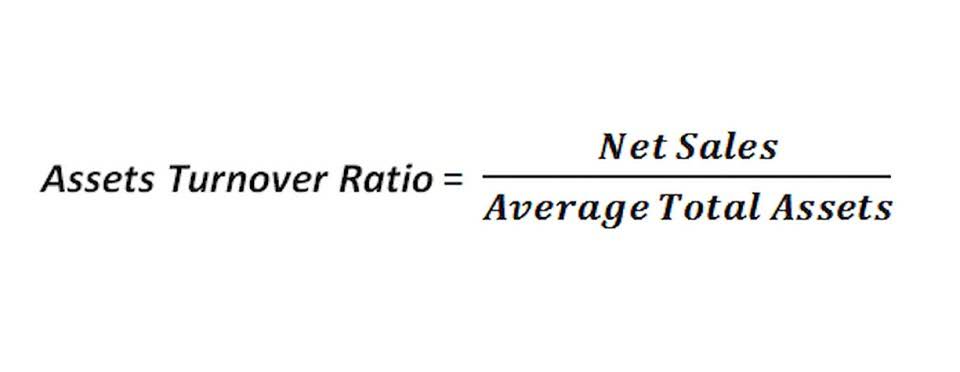It indicates the financial health of a company and how it can maximize the liquidity of its current assets to settle debt and payables. The current ratio formula (below) can be used to easily measure a company’s liquidity. The quick ratio is a more appropriate metric to use when working or analyzing a shorter time frame. Consider a company with $1 million of current assets, 85% of which is tied up in inventory. The quick ratio measures the liquidity of a company by measuring how well its current assets could cover its current liabilities. Current assets on a company’s balance sheet represent the value of all assets that can reasonably be converted into cash within one year.
- A current ratio lower than the industry average could mean the company is at risk for default, and in general, is a riskier investment.
- Therefore, the current ratio is like a financial health thermometer for businesses.
- The articles and research support materials available on this site are educational and are not intended to be investment or tax advice.
- Take your learning and productivity to the next level with our Premium Templates.
- The formula to calculate the current ratio divides a company’s current assets by its current liabilities.
- If a company has $2.75 million in current assets and $3 million in current liabilities, its current ratio is $2,750,000 / $3,000,000, which is equal to 0.92, after rounding.
Sales & Investments Calculators
- In other words, «the quick ratio excludes inventory in its calculation, unlike the current ratio,» says Johnson.
- Ultimately, the current ratio helps investors understand a company’s ability to cover its short-term debts with its current assets.
- Our mission is to empower readers with the most factual and reliable financial information possible to help them make informed decisions for their individual needs.
- One limitation of the current ratio emerges when using it to compare different companies with one another.
- The other danger of having too much cash on hand is that management might begin paying itself too much, or they might waste the funds on things like half-formed or reckless projects or bad mergers.
- The best long-term investments manage their cash effectively, meaning they keep the right amount of cash on hand for the needs of the business.
In other words, «the quick ratio excludes inventory in its calculation, unlike the current ratio,» says Johnson. The above analysis reveals that the two companies might actually have different liquidity positions even if both have the same current ratio number. While determining a company’s real short-term debt paying ability, an analyst should therefore not only focus on the current ratio figure but also consider the composition of current assets. As you have seen, the current ratio is one of various ratios commonly used by accountants and investors to evaluate a company’s financial health in terms of its liquidity. Another popular liquidity ratio is the quick ratio, which you can learn more about in our blog. If the ratio is above 3, the company may be mismanaging or underutilizing assets.

To Ensure One Vote Per Person, Please Include the Following Info
You’ll want to consider the current ratio if you’re investing in a company. When a company’s current ratio is relatively low, it’s a sign that the company may not be able to pay off its short-term debt when it comes due, which could hurt its credit ratings or even lead to bankruptcy. A Current Ratio greater than 1 indicates that a company has more assets than liabilities https://www.bookstime.com/ in the short term, which is generally considered a healthy financial position. It suggests that the company can comfortably cover its current obligations. If a company has $500,000 in current assets and $250,000 in current liabilities, its Current Ratio is 2 ($500,000 / $250,000), indicating that it has twice the assets to cover its immediate obligations.
Would you prefer to work with a financial professional remotely or in-person?
One limitation of the current ratio emerges when using it to compare different companies with one another. Businesses differ substantially among industries; comparing the current ratios of companies across different industries may not lead to productive insight. A current ratio that is in line with the industry average or slightly higher is generally considered acceptable. A current ratio how to calculate current ratio that is lower than the industry average may indicate a higher risk of distress or default by the company. If a company has a very high current ratio compared with its peer group, it indicates that management may not be using its assets efficiently. Below is a video explanation of how to calculate the current ratio and why it matters when performing an analysis of financial statements.
In this example, the trend for Company B is negative, meaning the current ratio is decreasing over time. An analyst or investor seeing these numbers would need to investigate further to see what is causing the negative trend. It could be a sign that the company is taking on too much debt or that its cash balance is being depleted, either of which could be a solvency issue if the trend worsens. Though they may appear to have the same level of risk, analysts would have different expectations for each company depending on how the current ratio of each had changed over time. Public companies don’t report their current ratio, though all the information needed to calculate the ratio is contained in the company’s financial statements. In this case, current liabilities are expressed as 1 and current assets are expressed as whatever proportionate figure they come to.

Computating current assets or current liabilities when the ratio number is given
- Short-term solvency refers to the ability of a business to pay its short-term obligations when they become due.
- Bankrate.com is an independent, advertising-supported publisher and comparison service.
- He doesn’t want to rely on additional income that may or may not be generated by the expansion, so it’s important to be sure his current assets can handle the increased burden.
- The simple intuition that stands behind the current ratio is that the company’s ability to fulfill its obligations depends on the value of its current assets.
- Let us understand how to interpret the data from a current ration calculator through the discussion below.
- The current ratio has several limitations that could cause it to be misinterpreted.
For example, a normal cycle for the company’s collections and payment processes may lead to a high current ratio as payments are received, but a low current ratio as those collections ebb. Calculating the current ratio at just one point in time could indicate that the company can’t cover all of its current debts, but it doesn’t necessarily mean that it won’t be able to when the payments are due. In simplest terms, it measures the amount of cash available relative to its liabilities. The current ratio expressed as a percentage is arrived at by showing the current assets of a company as a percentage of its current liabilities.

It measures a company’s ability to cover its short-term obligations (liabilities that are due within a year) with current assets. To assess this ability, the current ratio compares the current total assets of a company to its current total liabilities. The cash asset ratio, or cash ratio, also is similar to the current ratio, but it only compares a company’s marketable securities and cash to its current liabilities.

